Digital Image Processing 4th Edition [Rafael C. Gonzalez]
Cover
Digital Image Processing 4th Edition [Rafael C. Gonzalez]
Copyright
Contents
Digital Image Processing
Preface
Acknowledgments
The Book Website
The DIP4E Support Packages
About the Authors
1 Introduction
1.1 What is Digital Image Processing_
1.2 The Origins of Digital Image Processing
1.3 Examples of Fields that Use Digital Image Processing
1.4 Fundamental Steps in Digital Image Processing
1.5 Components of an Image Processing System
2 Digital Image Fundamentals
2.1 Elements of Visual Perception
2.2 Light and the Electromagnetic Spectrum
2.3 Image Sensing and Acquisition
2.4 Image Sampling and Quantization
2.5 Some Basic Relationships Between Pixels
2.6 Introduction to the Basic Mathematical Tools Used in Digital Image Processing
3 Intensity Transformations and Spatial Filtering
3.1 Background
3.2 Some Basic Intensity Transformation Functions
3.3 Histogram Processing
3.4 Fundamentals of Spatial Filtering
3.5 Smoothing (Lowpass) Spatial Filters
3.6 Sharpening (Highpass) Spatial Filters
3.7 Highpass, Bandreject, and Bandpass Filters from Lowpass Filters
3.8 Combining Spatial Enhancement Methods
3.9 Using Fuzzy Techniques for Intensity Transformations and Spatial Filtering
4 Filtering in the Frequency Domain
4.1 Background
4.2 Preliminary Concepts
4.3 Sampling and the Fourier Transform of Sampled Functions
4.4 The Discrete Fourier Transform of One Variable
4.5 Extensions to Functions of Two Variables
4.6 Some Properties of the 2-D DFT and IDFT
4.7 The Basics of Filtering in the Frequency Domain
4.8 Image Smoothing Using Lowpass Frequency Domain Filters
4.9 Image Sharpening Using Highpass Filters
4.10 Selective Filtering
4.11 The Fast Fourier Transform
5 Image Restoration and Reconstruction
5.1 A Model of the Image Degradation Restoration Process
5.2 Noise Models
5.3 Restoration in the Presence of Noise Only—Spatial Filtering
5.4 Periodic Noise Reduction Using Frequency Domain Filtering
5.5 Linear, Position-Invariant Degradations
5.6 Estimating the Degradation Function
5.7 Inverse Filtering
5.8 Minimum Mean Square Error (Wiener) Filtering
5.9 Constrained Least Squares Filtering
5.10 Geometric Mean Filter
5.11 Image Reconstruction From Projections
6 Wavelet and Other Image Transforms
6.1 Preliminaries
6.2 Matrix-Based Transforms
6.3 Correlation
6.4 Basis Functions in the Time-Frequency Plane
6.5 Basis Images
6.6 Fourier-Related Transforms
6.7 Walsh-Hadamard Transforms
6.8 Slant Transform
6.9 Haar Transform
6.10 Wavelet Transforms
7 Color Image Processing
7.1 Color Fundamentals
7.2 Color Models
7.3 Pseudocolor Image Processing
7.4 Basics of Full-Color Image Processing
7.5 Color Transformations
7.6 Color Image Smoothing and Sharpening
7.7 Using Color in Image Segmentation
7.8 Noise in Color Images
7.9 Color Image Compression
8 Image Compression and Watermarking
8.1 Fundamentals
8.2 Huffman Coding
8.3 Golomb Coding
8.4 Arithmetic Coding
8.5 LZW Coding
8.6 Run-Length Coding
8.7 Symbol-Based Coding
8.8 Bit-Plane Coding
8.9 Block Transform Coding
8.10 Predictive Coding
9 Morphological Image Processing
9.1 Preliminaries
9.2 Erosion and Dilation
9.3 Opening and Closing
9.4 The Hit-Or-Miss Transform
9.5 Some Basic Morphological Algorithms
9.6 Morphological Reconstruction
9.7 Summary of Morphological Operations on Binary Images
9.8 Grayscale Morphology
10 Image Segmentation I Edge Detection, Thresholding, and Region Detection
10.1 Fundamentals
10.2 Point, Line, and Edge Detection
10.3 Thresholding
10.4 Segmentation by Region Growing and by Region Splitting and Merging
10.5 Region Segmentation using Clustering and Superpixels
10.6 Region Segmentation Using Graph Cuts
10.7 Segmentation using Morphological Watersheds
10.8 The Use of Motion in Segmentation
11 Image Segmentation II Active Contours_ Snakes and Level Sets
11.1 Background
11.2 Image Segmentation Using Snakes
11.3 Segmentation Using Level Sets
12 Feature Extraction
12.1 Background
12.2 Boundary Preprocessing
12.3 Boundary Feature Descriptors
12.4 Region Feature Descriptors
12.5 Principal Components as Feature Descriptors
12.6 Whole-Image Features
12.7 Scale-Invariant Feature Transform (SIFT)
13 Image Pattern Classification
13.1 Background
13.2 Patterns and Pattern Classes
13.3 Pattern Classification by Prototype Matching
13.4 Optimum (Bayes) Statistical Classifiers
13.5 Neural Networks and Deep Learning
13.6 Deep Convolutional Neural Networks
13.7 Some Additional Details of Implementation
Bibiography
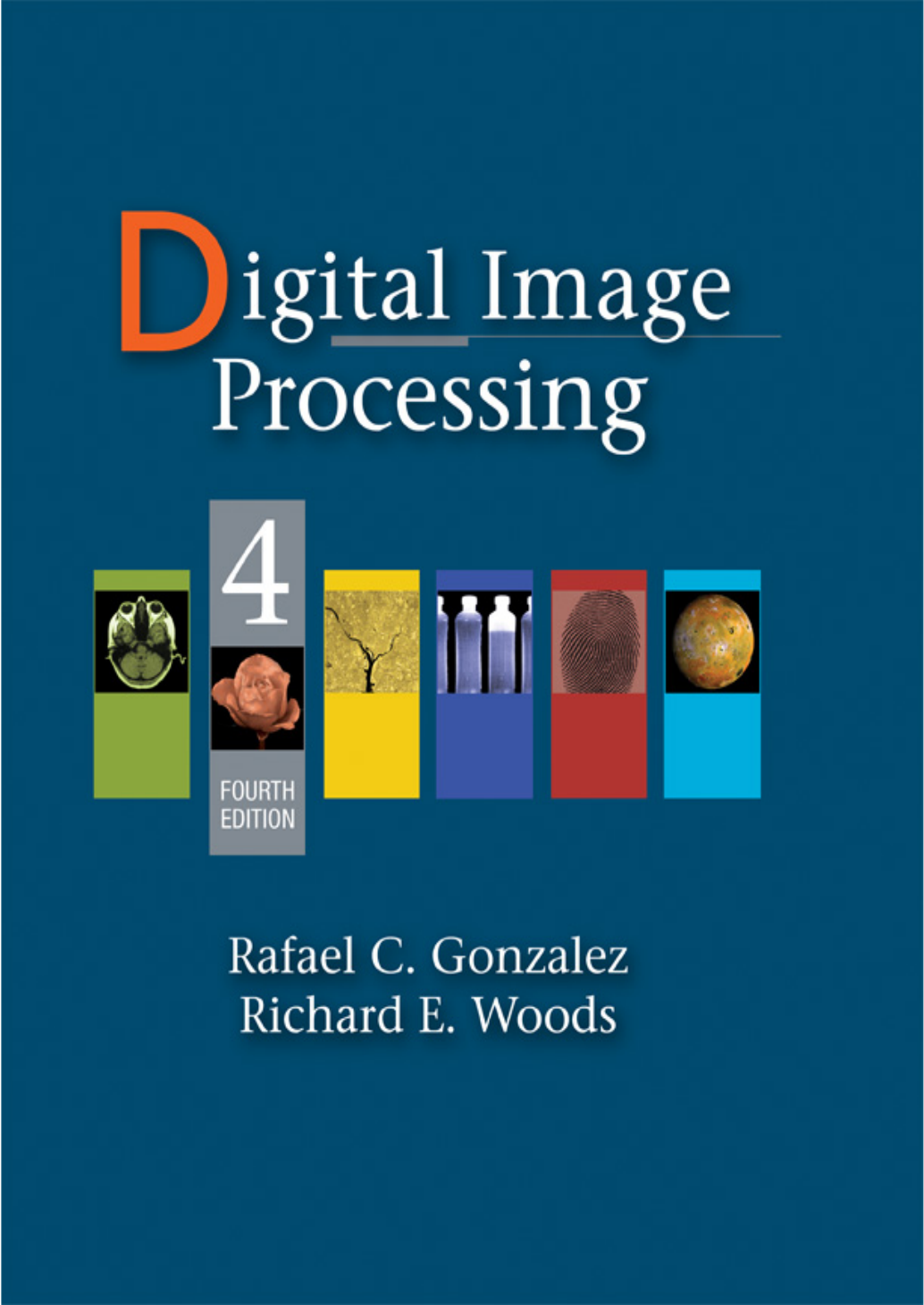
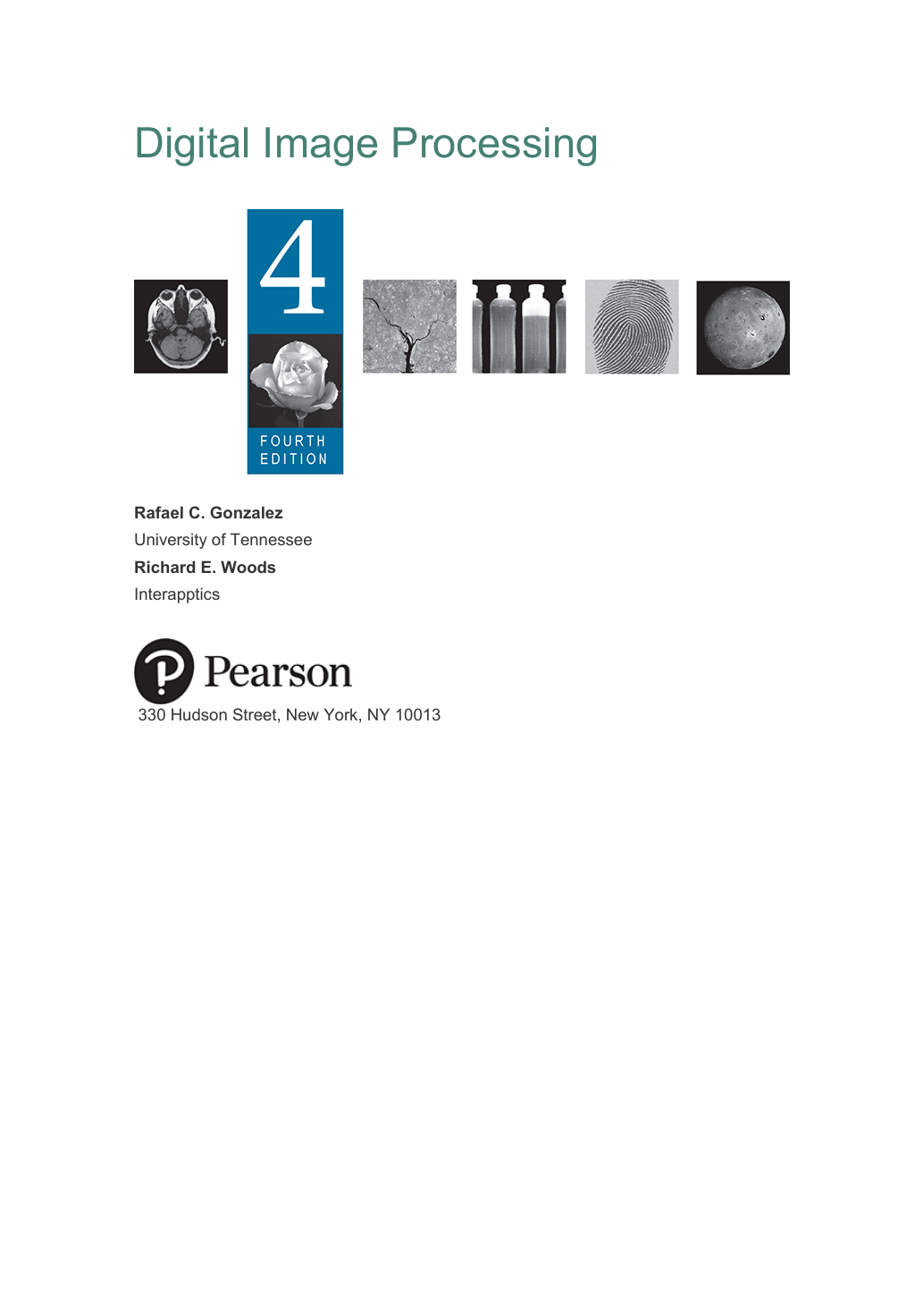

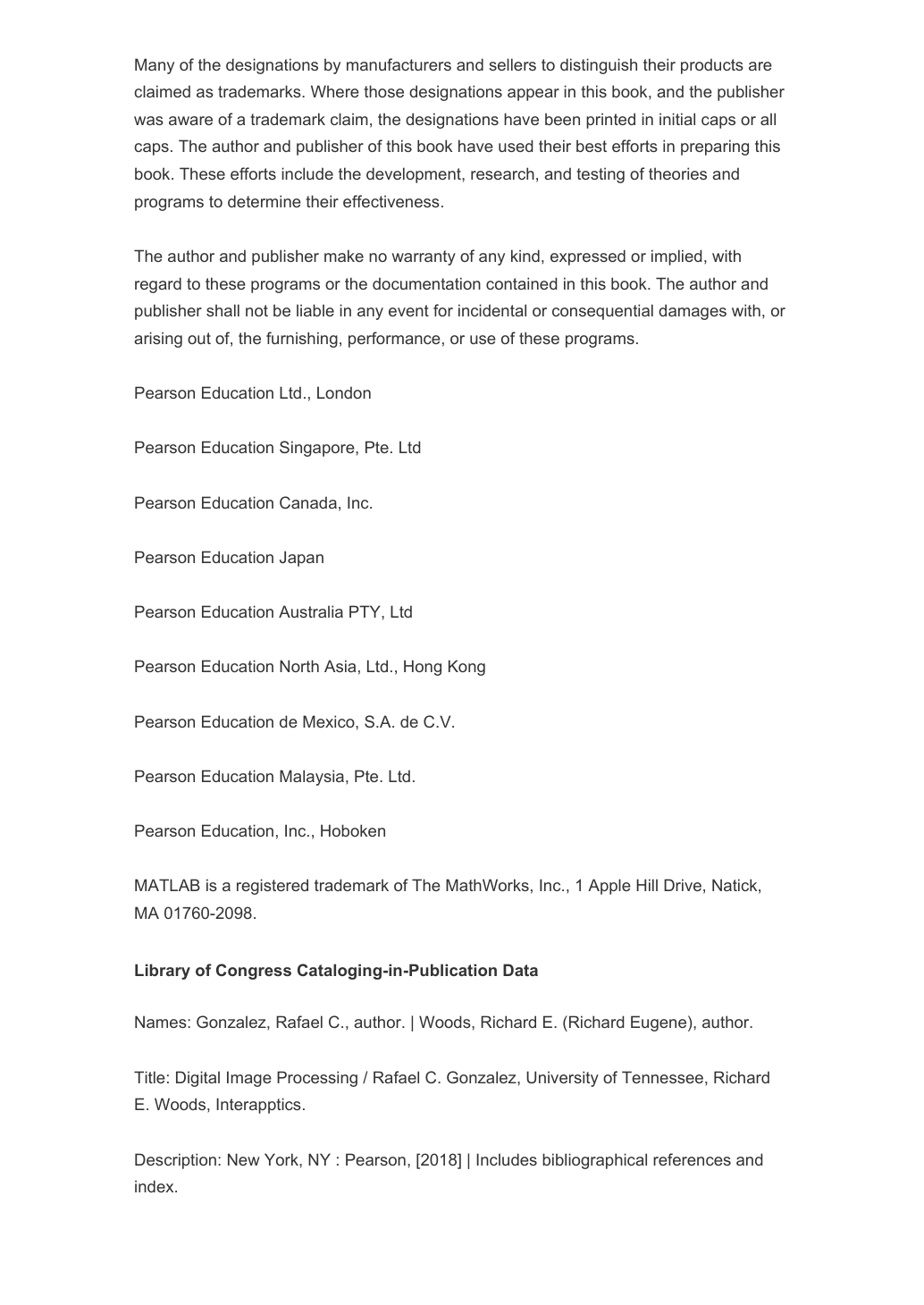

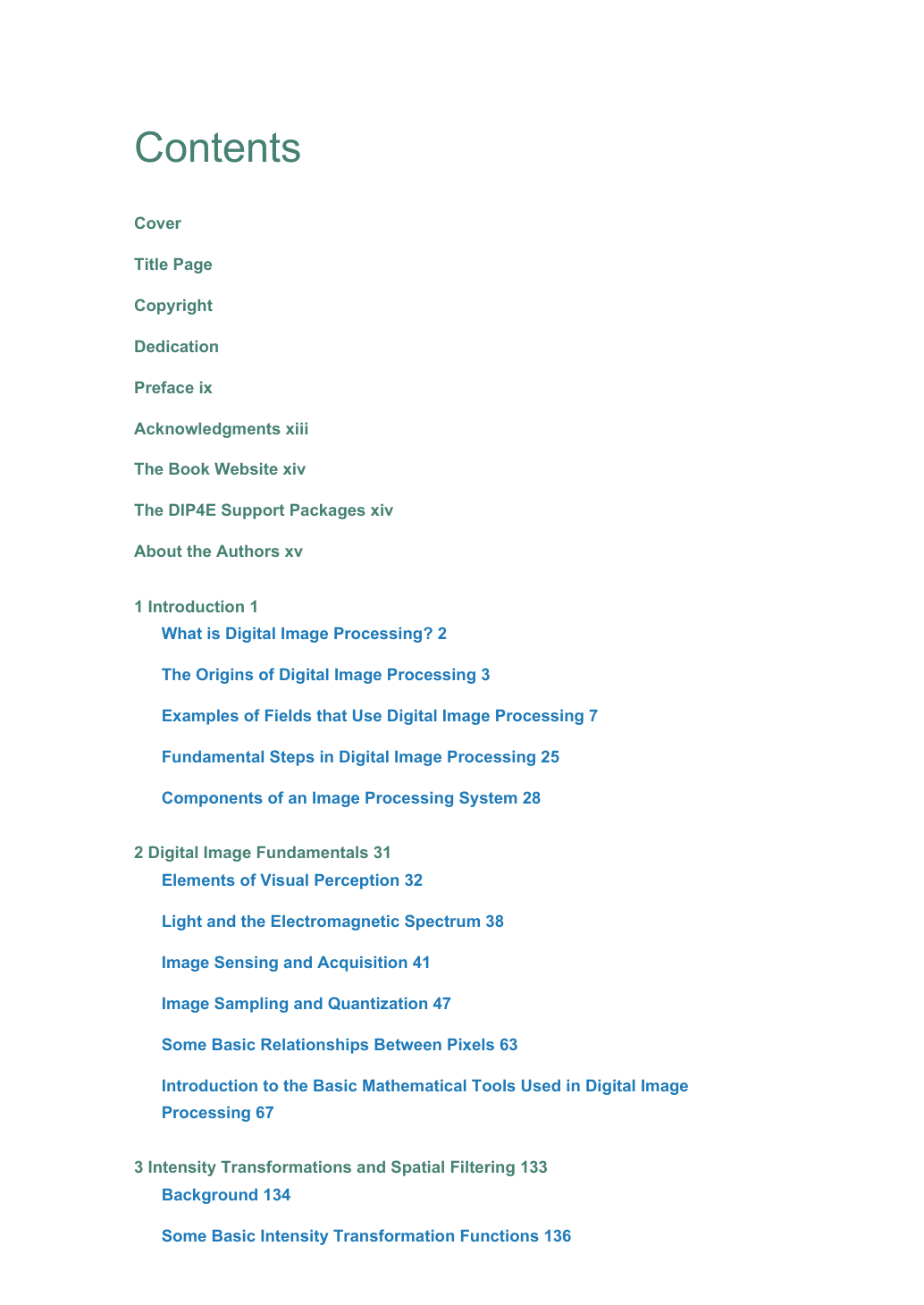
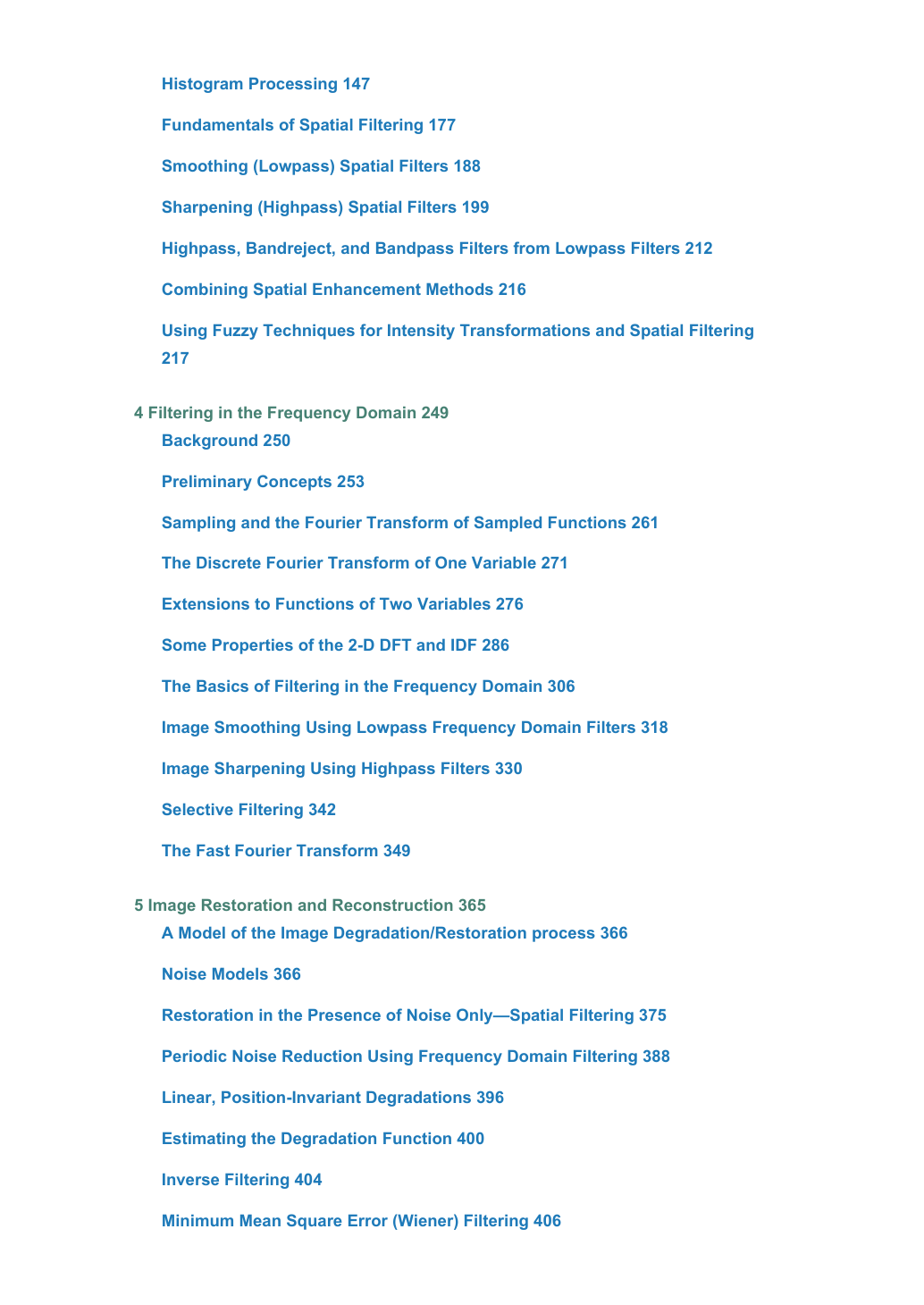
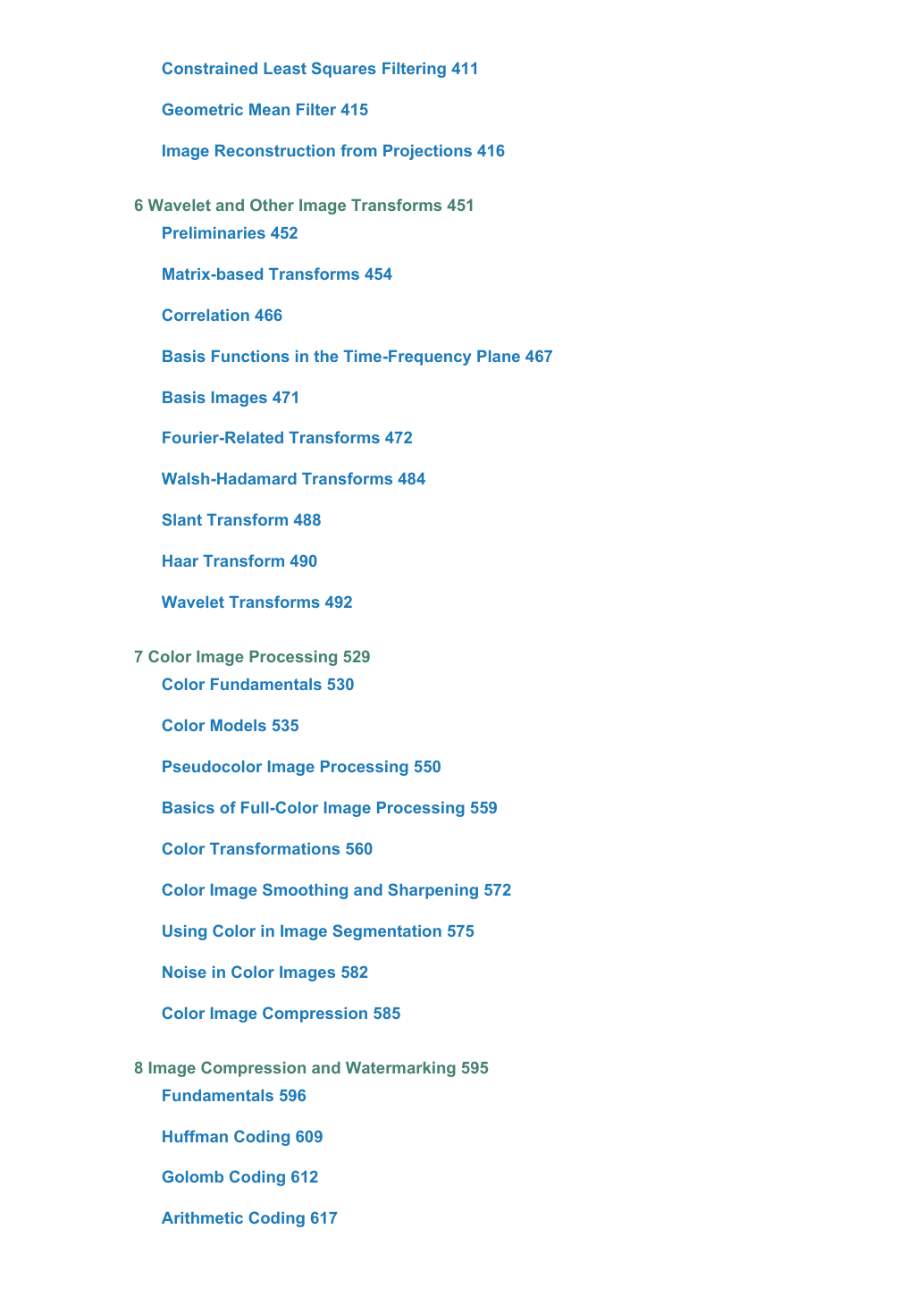








 2023年江西萍乡中考道德与法治真题及答案.doc
2023年江西萍乡中考道德与法治真题及答案.doc 2012年重庆南川中考生物真题及答案.doc
2012年重庆南川中考生物真题及答案.doc 2013年江西师范大学地理学综合及文艺理论基础考研真题.doc
2013年江西师范大学地理学综合及文艺理论基础考研真题.doc 2020年四川甘孜小升初语文真题及答案I卷.doc
2020年四川甘孜小升初语文真题及答案I卷.doc 2020年注册岩土工程师专业基础考试真题及答案.doc
2020年注册岩土工程师专业基础考试真题及答案.doc 2023-2024学年福建省厦门市九年级上学期数学月考试题及答案.doc
2023-2024学年福建省厦门市九年级上学期数学月考试题及答案.doc 2021-2022学年辽宁省沈阳市大东区九年级上学期语文期末试题及答案.doc
2021-2022学年辽宁省沈阳市大东区九年级上学期语文期末试题及答案.doc 2022-2023学年北京东城区初三第一学期物理期末试卷及答案.doc
2022-2023学年北京东城区初三第一学期物理期末试卷及答案.doc 2018上半年江西教师资格初中地理学科知识与教学能力真题及答案.doc
2018上半年江西教师资格初中地理学科知识与教学能力真题及答案.doc 2012年河北国家公务员申论考试真题及答案-省级.doc
2012年河北国家公务员申论考试真题及答案-省级.doc 2020-2021学年江苏省扬州市江都区邵樊片九年级上学期数学第一次质量检测试题及答案.doc
2020-2021学年江苏省扬州市江都区邵樊片九年级上学期数学第一次质量检测试题及答案.doc 2022下半年黑龙江教师资格证中学综合素质真题及答案.doc
2022下半年黑龙江教师资格证中学综合素质真题及答案.doc